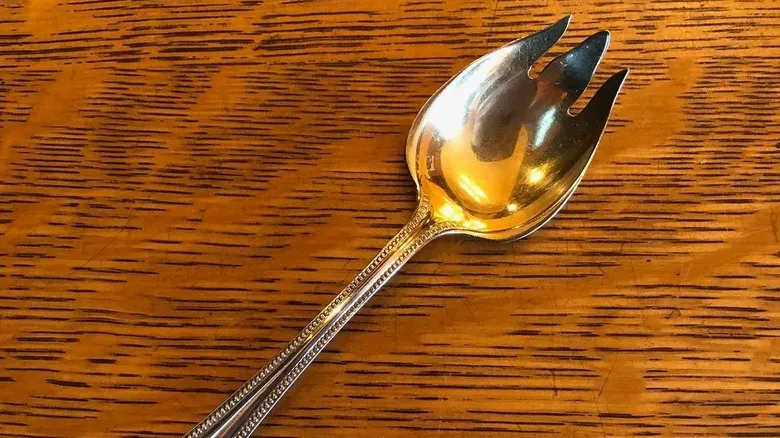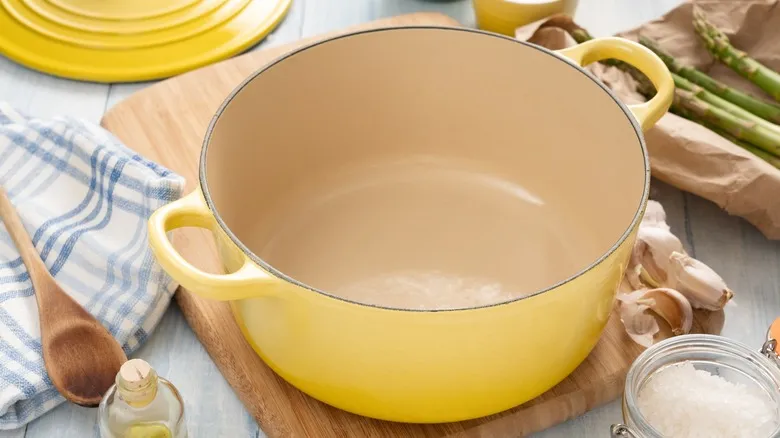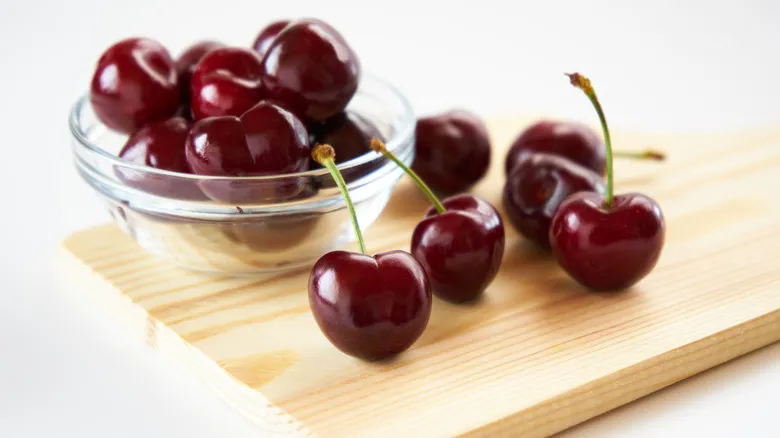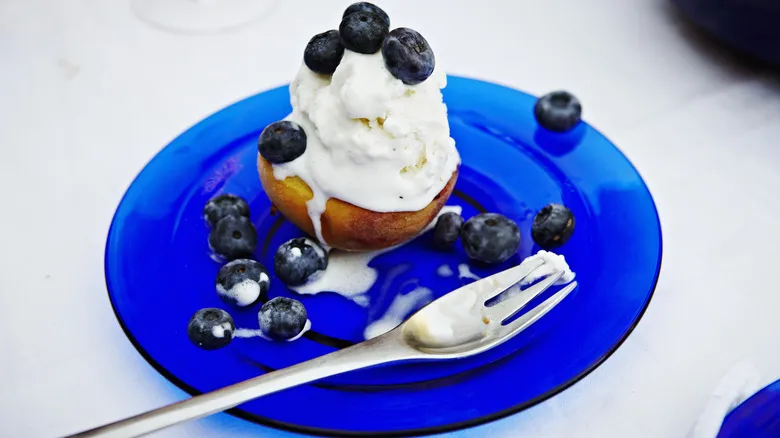Where to buy an ice cream fork today

In terms of basic design, ice cream forks and sporks are quite similar. Ice cream forks are seen as the forerunners of modern sporks, often featuring more elaborate designs that are not commonly found in today's simpler sporks. During the Victorian era, ice cream gained immense popularity, leading to the creation of beloved desserts like ice cream sundaes and banana splits, which emerged around this time (notably, ice cream sundaes were invented in America, not England). In 18th-century England, it was deemed proper to enjoy ice cream with an ice cream fork.
Finding those vintage sporks can be challenging, and they would likely come with a hefty price tag if you do. However, there are still contemporary, budget-friendly ice cream forks available. You can often find them on craft platforms like Etsy, or you might opt for a metal spork instead. A high-quality spork made from titanium or aluminum can serve as a suitable alternative to an ice cream fork. If you want to justify splurging on a fancy ice cream fork, consider indulging in ice cream frequently. You might try combining ice cream with alcohol before enjoying it, or create an extravagant sundae topped with cherries and pistachios.
The history of the Victorian-era ice cream fork

In 19th-century England, there was an abundance of cutlery; fancy dinners featured a wide array of specialized utensils for different foods, beyond just spoons, forks, and knives. For instance, ice cream forks were intended solely for dessert, yet they share similarities with other antique utensils like the terrapin fork, which has deeper notches (often resembling a small trident) and is used for retrieving bread from baskets. Another example is the ramekin fork, which has a slight bowl shape beneath its tines and is designed for eating from ramekin dishes, typically used for cheese or custards.
The exact moment when ice cream forks evolved into the more versatile and whimsically named sporks is somewhat unclear. American inventor Samuel L. Francis patented a spork-like utensil in 1874, but the term "spork" gained popularity nearly a century later, around 1970, when Van Brode Milling Co. began marketing their spoon-fork hybrids under that name. These sporks were far less Victorian and sophisticated, quickly becoming the plastic staples of school lunches that we recognize and chuckle at today.
Recommended

What Is A Dutch Oven And Do You Really Need One?

Tips You Should Know When Cleaning Your Air Fryer

The 15 Best Slow Cookers Money Can Buy, According To Reviews

Effortlessly Pit Cherries In A Flash With A Genius Chopstick Hack
Next up

